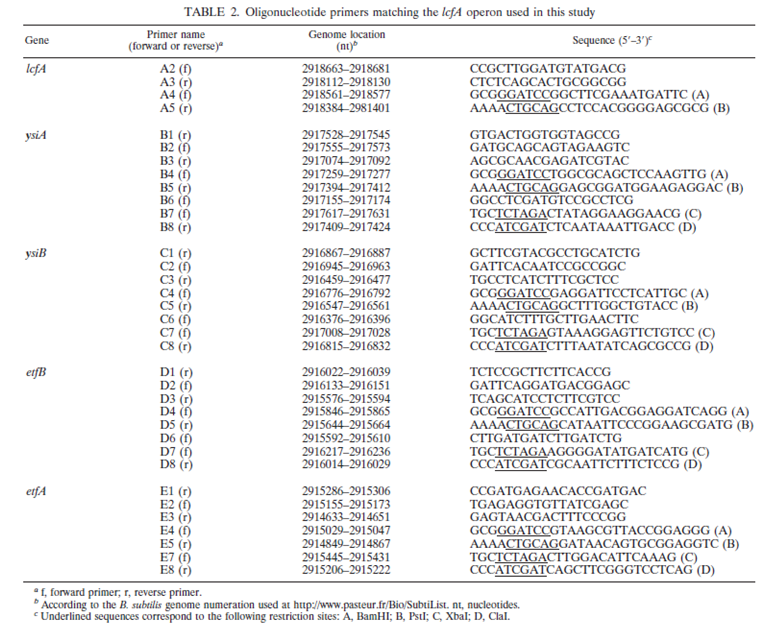Team:Newcastle/Calcium Carbonate
From 2010.igem.org

| |||||||||||||
| |||||||||||||
Calcium Carbonate
Calcium carbonate precipitation is a widespread process among bacteria. The process are controlled by two distinct pathways, namely biologically induced pathway and the biologically controlled pathway. In the biologically controlled pathway, bacteria is able to control the precipitation of calcium carbonate and deposit it intracellularly. In contrast, in the biologically induced pathway, calcium carbonate are deposited extracellularly. No specialized cell structure or specific molecular mechanism is thought to be involved. However environmential conditions were known to play a part.
A cluster of five genes (lcfA, ysiA, ysiB, etfB, and etfA) called the lcfA operon that may involved in the calcium carbonate precipitation, as well as fatty acid metabolism in Bacillus subtilis. Analysis through inserional mutagenesis have shown that lcfA is not involved in calcium carbonate precipitation. Modulation of the lcfA operon using IPTG have pinpointed etfA to be essential, which encodes for a putative flavoprotein. Further analysis through RT-PCR have shown that lcfA to etfA gene is transcripted as a single transcription unit.
UreA was efficiently expressed on the spore coat of B. subtilis when fused to CotB, CotC or CotG. Of these three coat proteins CotC allows the highest efficiency of expression, whereas CotB is the most appropriate for the display of heterologous proteins on the spore surface. Link: http://www.microbialcellfactories.com/content/pdf/1475-2859-9-2.pdf
Reference: Barabesi, c., Galizzi, A., Mastromei, G., Rossi, M., Tamburini, E., and Perito, B. 2007. Bacillus subtilitis gene cluster involved in calcium carbonate biomineralization. j. Bacteriol. 189:228-235.
Recent report by Marvasi et al 2010 have shown that a decrease in the pH was the main process responsible for the lack of calcium carbonate precipitation (Barabesi et al 2007). This condition can be reversed when the biofilm was incubated in alkaline conditions. Therefore it has been hypothesize that a possible link exists between proton extrusion and the cytosolic accumulation of NADH in B.subtilis.
Reference: Marvasi, M., T.visscher, P., Perito, B., Mastromei, G., and Casillas-Mart´ınez, L. Physiological requirements for carbonate precipitation during biofilm development of Bacillus subtilis etfA mutant. FEMS. 71:341-350.
 
|
 "
"

